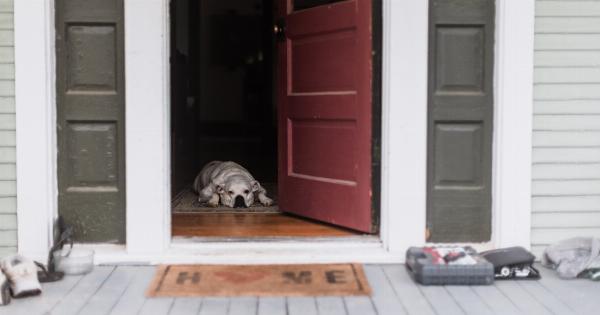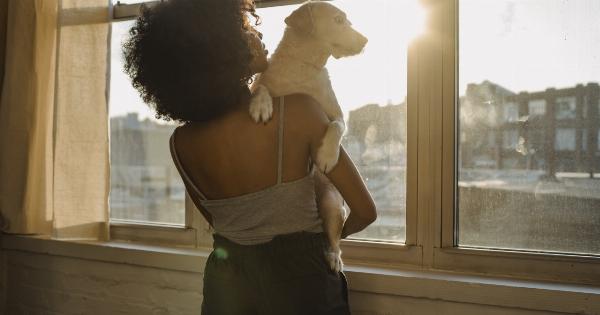Having a dog that starts urinating in the house can be frustrating and stressful for any pet owner. It is important to remember that this behavior is not intentional and is often a sign of an underlying issue.
Understanding the causes and implementing appropriate training techniques can help resolve this problem. Here are some steps to take if your dog starts urinating in the house.
1. Rule Out Medical Issues
The first step in addressing this problem is to rule out any potential medical issues that may be causing your dog to urinate indoors.
Urinary tract infections, bladder stones, diabetes, and kidney disease are some common medical conditions that can lead to inappropriate urination. If you suspect a medical issue, it is crucial to schedule a visit with your veterinarian for a proper diagnosis and treatment.
2. Establish a Routine
Dogs thrive on routine, so establishing a consistent schedule is essential. Make sure your dog has regular meal times, walks, and potty breaks.
By providing a structured routine, you can help your dog understand when and where they should go to the bathroom.
3. Reinforce potty training
If your dog is urinating in the house, it might be a sign that their potty training needs reinforcement. Take them outside to their designated bathroom area frequently, especially after eating or drinking, waking up from a nap, or playing.
Reward your dog with praise and treats each time they eliminate outside. Consistency and positive reinforcement are key to successful potty training.
4. Supervise and confine
When you are unable to directly supervise your dog, it is important to confine them to a safe space, such as a crate or a small, puppy-proofed room.
This helps prevent accidents and allows you to keep a close eye on your dog’s behavior and bathroom habits.
5. Clean accidents thoroughly
Accidents happen, and it is crucial to clean them up properly to eliminate any lingering smells that might encourage your dog to urinate in the same spot again.
Use an enzymatic cleaner specifically designed for pet stains, as it can effectively break down the odors.
6. Avoid punishment
Punishing your dog for accidents can create fear and anxiety, which can further complicate the issue. Instead of punishing, focus on positive reinforcement and redirection.
Reward your dog for going outside and redirect their attention when they show signs of wanting to urinate indoors.
7. Monitor water intake
Monitoring your dog’s water intake can help regulate their bathroom habits. Provide fresh water throughout the day but be mindful of excessive drinking, as it could indicate an underlying health issue.
Limiting water intake before bedtime can also help reduce the likelihood of accidents during the night.
8. Address anxiety or stress
Stress and anxiety can contribute to inappropriate urination in dogs. If you suspect that your dog’s accidents are related to anxiety or stress, try to identify the triggers and address them accordingly.
You may consider consulting a professional dog trainer or animal behaviorist for further guidance.
9. Consult with a professional
If the problem persists despite your efforts, it is advisable to seek professional help.
A veterinarian or a certified dog trainer can evaluate your dog’s behavior and provide tailored advice and training techniques to address the issue specifically.
10. Be patient and consistent
Remember that resolving this problem takes time, patience, and consistency. Every dog is different, and what works for one may not work for another. Stay committed to the training process, and don’t get discouraged by setbacks.
With time and effort, you can help your dog overcome this behavior.





























